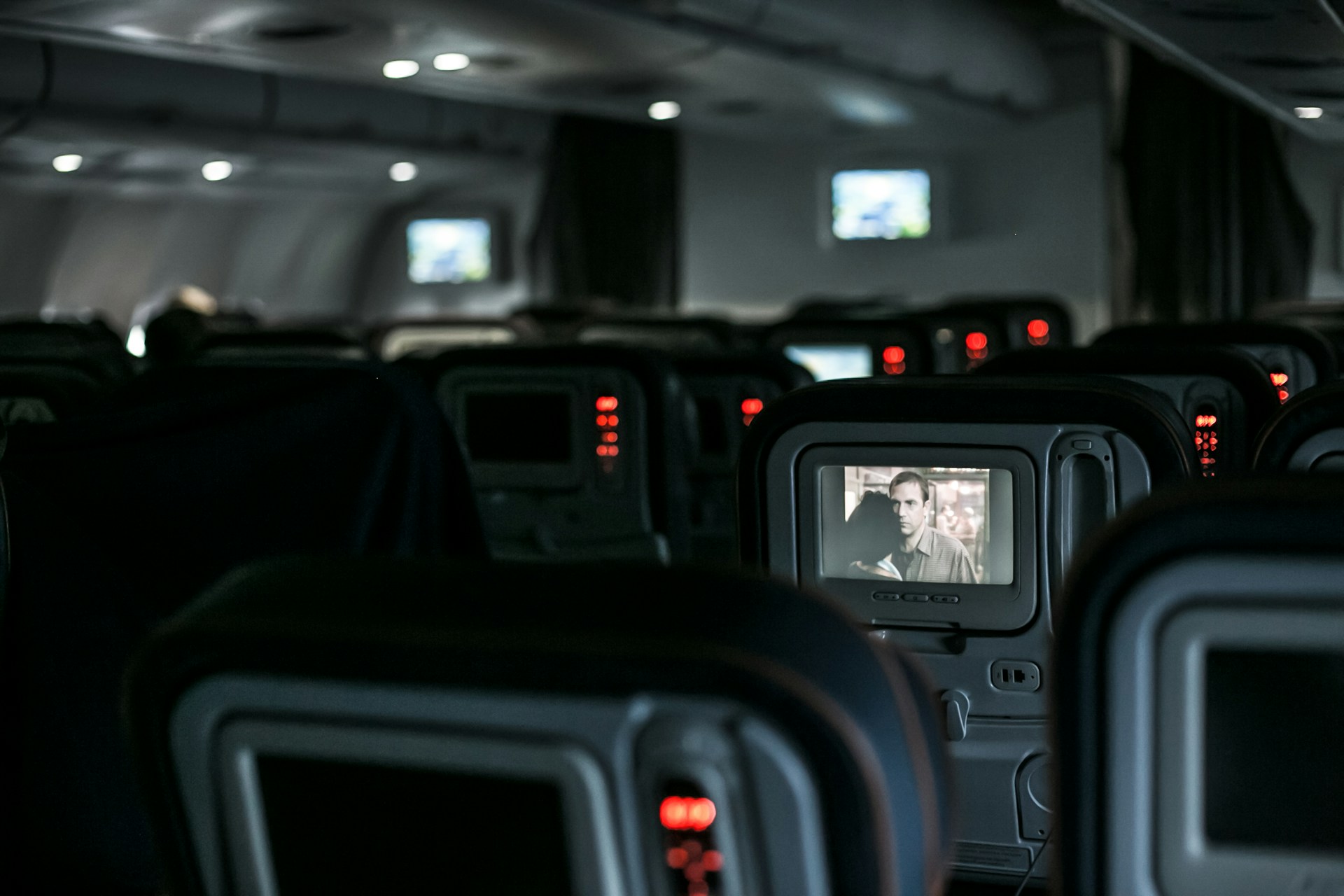Experiencing an in-flight injury can be a traumatic and confusing event. Understanding your rights and the legal steps to take following such an incident is crucial for ensuring you receive the compensation you deserve. This comprehensive guide will walk you through the process, from identifying potential claims to seeking legal assistance.
Understanding In-Flight Injuries
In-flight injuries can range from minor bumps and bruises to severe trauma. Common causes include turbulence, falling luggage, spills of hot liquids, and tripping hazards in the aisles. While air travel is generally safe, these incidents do happen and can lead to significant medical expenses and personal suffering.
Types of In-Flight Injuries
- Turbulence-related injuries: Passengers can suffer from concussions, broken bones, and other serious injuries due to unexpected turbulence.
- Falling objects: Overhead bins may not always be secure, leading to falling luggage and other items causing injuries.
- Hot liquid spills: Coffee or tea spills can cause burns, particularly during turbulence or unexpected movements.
- Slips and trips: Aisles cluttered with passengers’ belongings or food service carts can be hazardous.
Legal Framework for In-Flight Injury Claims
When it comes to legal claims for in-flight injuries, several laws and conventions may apply, depending on the circumstances of the flight and the nature of the injury.
Montreal Convention
The Montreal Convention is an international treaty that governs airline liability for injuries to passengers. It applies to international flights and establishes the conditions under which an airline is liable for damages caused by injuries sustained on board. Under this convention, airlines are strictly liable for proven damages up to a certain amount, regardless of negligence.
Federal Aviation Act
In the United States, the Federal Aviation Act requires airlines to exercise the highest standard of care for passenger safety. Airlines are responsible for ensuring that all safety protocols are followed and that the aircraft is airworthy. Failure to meet these obligations can be grounds for a negligence claim.
Steps to Take After an In-Flight Injury
- Seek Immediate Medical Attention: Your health should be your top priority. Seek medical attention immediately, either on the flight if possible or as soon as you land. Document all medical treatments and obtain copies of medical reports.
- Report the Incident: Inform the flight attendants and ensure that the incident is documented in an official report. This report can be crucial for your legal claim.
- Gather Evidence: Collect as much evidence as possible. Take photographs of the injury, the scene, and any potential hazards that contributed to the injury. Gather contact information from witnesses who can corroborate your account.
- Preserve Records: Keep all receipts and records related to your injury, including medical bills, travel expenses, and any other costs incurred due to the injury.
- Consult an Aviation Accident Lawyer: Contact an experienced aviation accident lawyer who specializes in in-flight injury cases. They can help you navigate the complex legal landscape and ensure your rights are protected.
Proving Negligence
To succeed in a personal injury claim, you must prove that the airline was negligent. This involves demonstrating that the airline failed to provide the level of care that a reasonable airline would under similar circumstances and that this failure directly caused your injury.
Elements of Negligence
- Duty of Care: Airlines owe passengers a duty of care to ensure their safety during the flight.
- Breach of Duty: You must show that the airline breached this duty by failing to take reasonable precautions.
- Causation: There must be a direct link between the breach of duty and your injury.
- Damages: You must prove that you suffered actual damages, such as medical expenses, lost wages, or pain and suffering.
Filing a Claim
Domestic Flights
For injuries sustained on domestic flights, you can file a claim in your home state. The process typically involves notifying the airline of your intent to file a claim and providing documentation of your injuries and related expenses.
International Flights
If your injury occurred on an international flight, the Montreal Convention applies. You can file a claim in any country that is a signatory to the convention, including your home country. The process may involve dealing with both the airline and international regulatory bodies.
Potential Compensation
Compensation for in-flight injuries can cover a range of damages, including:
- Medical Expenses: Costs for immediate treatment and ongoing medical care.
- Lost Wages: Compensation for time off work due to the injury.
- Pain and Suffering: Non-economic damages for physical pain and emotional distress.
- Punitive Damages: In cases of gross negligence, punitive damages may be awarded to punish the airline and deter future misconduct.
Challenges in Pursuing a Claim
Filing a claim against an airline can be challenging due to the complex regulations and the need to prove negligence. Airlines often have substantial legal resources and may contest claims vigorously. It is essential to have a knowledgeable attorney who can advocate for your rights and navigate the intricacies of aviation law.
Statute of Limitations
Be aware of the statute of limitations for filing your claim. This period varies depending on the jurisdiction and the specific circumstances of the injury. Failing to file within the specified time frame can result in losing your right to compensation.












